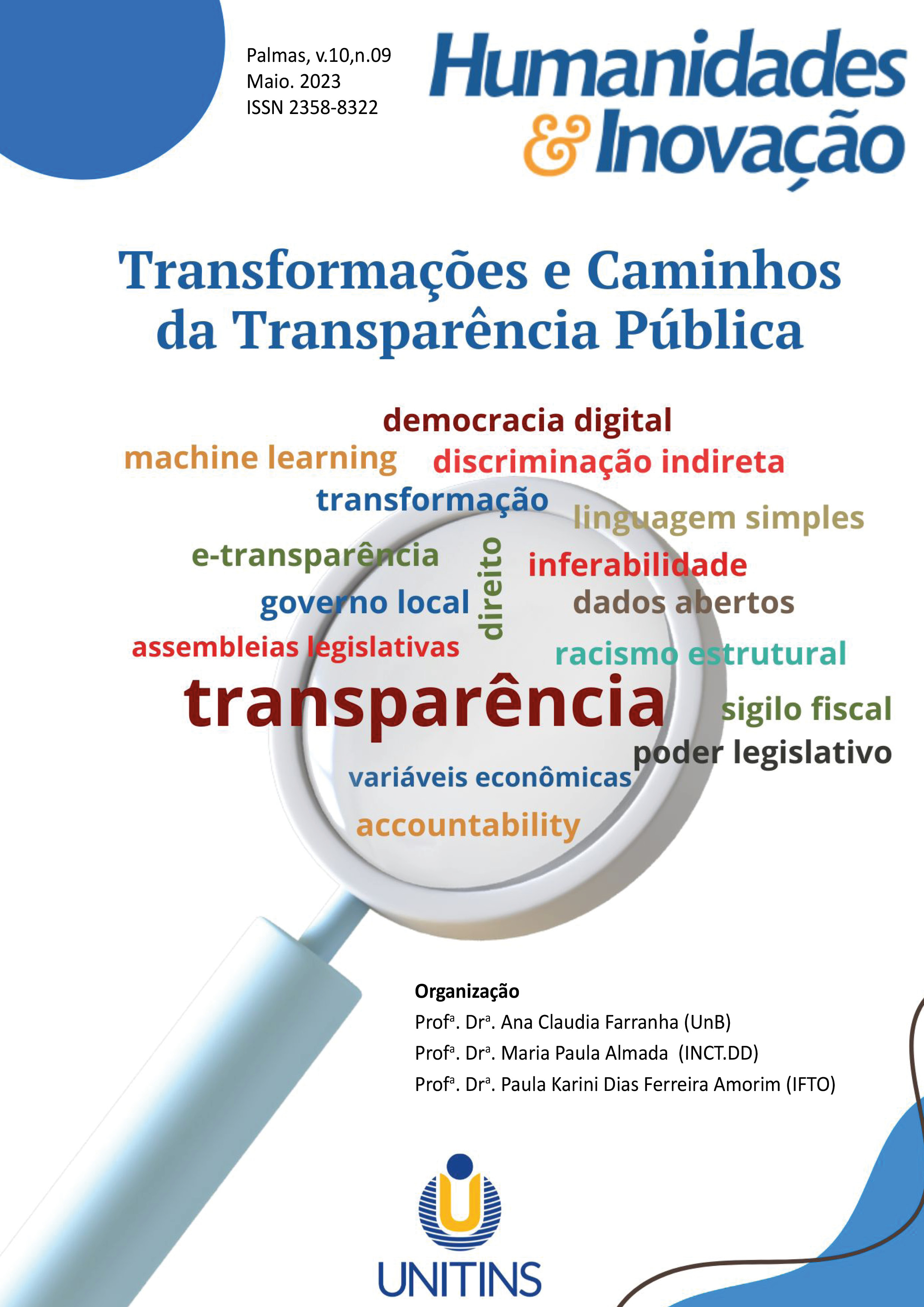RELATIVE CLAUSES IN BRAZILIAN SIGN LANGUAGE: NON-MANUAL MARKERS AS A COMBINING STRATEGY
Abstract
This paper discusses the construction of restrictive and non-restrictive clauses in Brazilian Sign Language (Libras), regarding the use of non-manual markers. Relative clauses play the role of an adjunct to a phrase. This research integrates the Inventory of Libras at Palmas – Tocantins, Brazil. Data analysis was carried out on ELAN with the creation of specific tiers to transcript non-manual markers in order to analyze restrictive and non-restrictive clauses in Libras. I intend to verify how non-manual markers can be used as a strategy to distinguish restrictive and non-relative clauses from their main clauses in Libras.
References
CARNEIRO, B. G. ; LEÃO, R. J. B.; LUDWIG, C. R.; et. al. Inventário da Língua Brasileira de Sinais da Região de Palmas – Tocantins: Metodologia de Coleta e Transcrição de Dados. Porto das Letras, ISSN 2448-0819, Vol. 05, Nº 01. Jan.-jun., 2019.
CARNEIRO, B. G.; CRUZ, A.; KHOURI, J. I. B. E.; Verbos de indicação na Libras: possíveis evidências de distanciamento. Porto das Letras, ISSN 2448-0819, Vol. 03, Nº 01. Jan.-jun., 2017.
CARNEIRO, B. G.; LUDWIG, C.R. Clause Articulation in Brazilian Sign Language – Libras. DESAFIOS - Revista Interdisciplinar da Universidade Federal do Tocantins, v. 7, n. 1, p. 64-77, 24 mar. 2020.
CARNEIRO; B. G.; LUDWIG, C. R. Articulação de Orações em Libras: Um Breve Panorama. Humanidades e Inovação. Vol. 7. N. 10., 2020.
CECCHETTO, C. Clause Types. In: PFAU, R.; STEINBACH, M.; WOLL, B. (orgs.), Sign language. An international handbook. p. 292–315. Berlin: De Gruyter Mouton, 2012.
CECCHETTO, C.; DONATI, C. GERACI, C. KELEPIR, M.; PFAU, R.; QUER, J.; STEINBACH, M. SignGram Blueprint: A Guide to Sign Language Grammar Writing. Berlin: De Gruyter, 2017.
HALLIDAY, M. A. K. Introduction to Functional Grammar. Londres: Routledge, 2004.
KUBUS, O. Relative Clause Constructions in Turkish Sign Language. Universidade de Hamburg (Tese de Doutorado), 2016.
LEHMANN, C. On the Typology of Relative Clauses. In: Linguistics, N. 24, p. 663-680, 1988.
LIDDELL, S. American Sign Language Syntax. The Hague: Mouton, 1980.
LIDDELL, S. K. Grammar Gesture and Meaning in American Sign Languages. Cambridge: Cambridge University Press, 2003.
LILLO-MARTIN, D.; QUADROS, R. M. de. The Position of Early WH-Elements in American Sign Language and Brazilian Sign Language. Galana, 2007.
QUADROS, R. M. de; NUNES, J. M. Duplication of Wh-elements in Brazilian Sign Language. In: 35 Annual Meeting of the North East Linguistic Society - 2004 NELS, 2006, Storrs/USA. NELS 35 - Proceedings of the thirty-fifth annual meeting of the North East Linguistic Society. Storrs/USA: Leah Bateman and Cherlon Ussery, 2006. v. 2. p. 463-478.
QUADROS, R. M.; SCHMITT, D.; LOHN, J. T.; LEITE, T. A. e colaboradores. Corpus de Libras. Disponível em: http://corpuslibras.ufsc.br/.
RODRIGUES, A.; SOUZA, J. C. Gramaticalização do sinal “motivo” na língua brasileira de sinais: uma análise baseada no uso. Revista do GEL, v. 16, n. 1, p. 53-82, 2019. Disponível em: https://revistadogel.gel.org.br/
SANDLER, W. Visual Prosody. In: PFAU, R.; STEINBACH, M.; WOLL, B. (orgs.), Sign language. An international handbook. p. 55–76. Berlin: De Gruyter Mouton, 2012.
TANG, G.; LAU, P. Coordination and Subordination. In: PFAU, R.; STEINBACH, M.; WOLL, B. (orgs.), Sign language. An international handbook. p. 340–364. Berlin: De Gruyter Mouton, 2012.
WILBUR, R. Information Structure. In: PFAU, R.; STEINBACH, M.; WOLL, B. (orgs.), Sign language. An international handbook. p. 462–489. Berlin: De Gruyter Mouton, 2012.
WILBUR, Ronnie. Internally-headed relative clauses in sign languages. Glossa: a journal of general linguistics, Vol. 2, N. 1, p. 1 – 34, 2017, DOI: https://doi.org/10.5334/gjgl.183
Copyright Notice
The submission of originals to this periodic implies in transference, by the authors, of the printed and digital copyrights/publishing rights. The copyrights for the published papers belong to the author, and the periodical owns the rights on its first publication. The authors will only be able to use the same results in other publications by a clear indication of this periodical as the one of its original publication. Due to our open access policy, it is allowed the free use of papers in the educational, scientific and non-commercial application, since the source is quoted (please, check the Creative Commons License on the footer area of this page).











